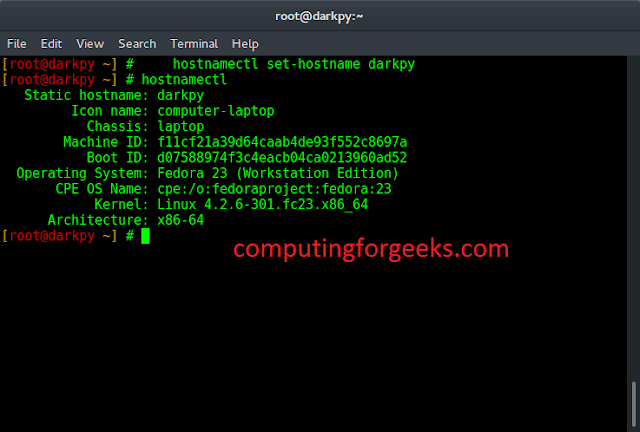The switch statement is similar to the series of if-else statements. The switch statement performs in various cases i.e. it has various cases to which it matches the condition and appropriately executes a particular case block. It first evaluates an expression and then compares it with the values of each case. If a case matches then the same case is executed.
To use the switch, we need to get familiar with two different keywords namely, break and default.
- break: The break statement is used to stop the automatic control flow into the next cases and exit from the switch case.
- default: The default statement contains the code that would execute if none of the cases match.
Flowchart of switch statement:

Syntax:
switch(expression)
{
case val1:
// Code Statement
break;
case val2:
// Code statement
break;
...
default:
// Code Statement
}
Example 1: The following code demonstrates the switch statement.
PHP
<?php $x = 2; switch ($x) { case 1: printf("Choice is 1"); break; case 2: printf("Choice is 2"); break; case 3: printf("Choice is 3"); break; default: printf("Choice other than 1, 2 and 3"); }?> |
Choice is 2
Example 2:
PHP
<?php $n='C'; switch($n) { case 'A': case 'B': printf("A and B\n"); break; case 'C': case 'D': printf("C and D\n"); break; default:printf("Alphabet is greater than D\n"); }?> |
C and D
Reference: https://www.php.net/manual/en/control-structures.switch.php




